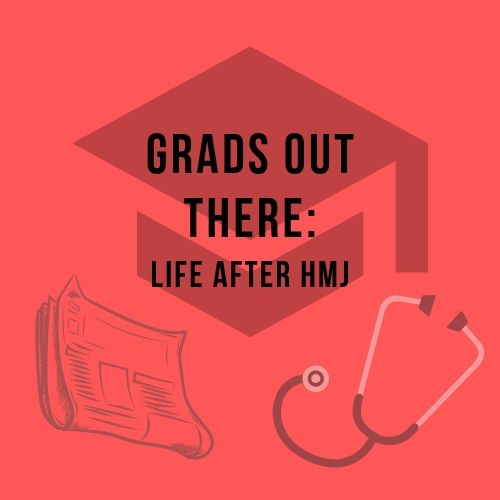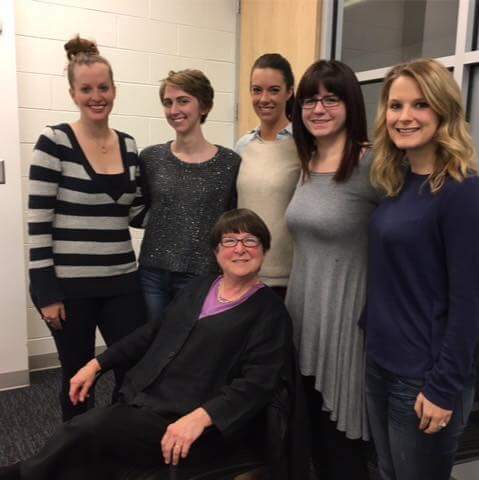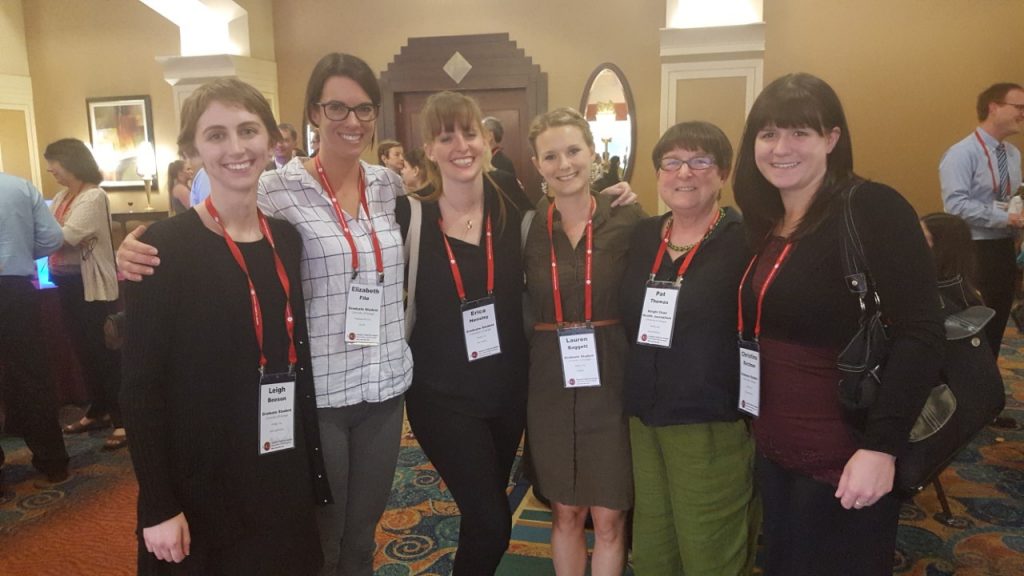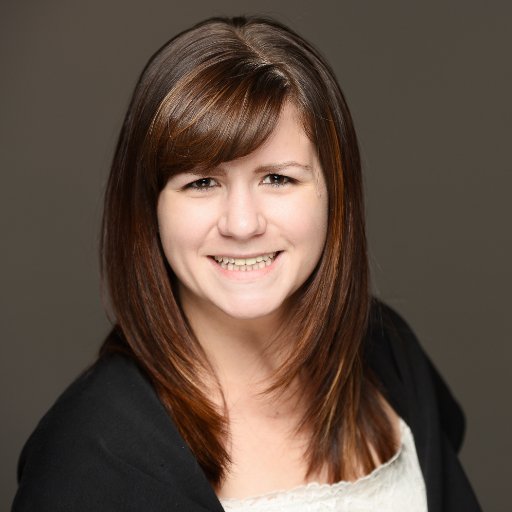
Christina Banister graduated with a master’s in health and medical journalism in the spring of 2017. She currently works as a health communications specialist and social media coordinator at the Centers for Disease Control and Prevention.
The following is an edited transcript.
I know you said you were a contractor for the CDC but could you elaborate on where you fall inside of the CDC?
The Department of Health and Human Services is the big kahuna, and under that department are different centers and divisions, including the Centers for Disease Control and Prevention. I work in the part of the CDC called the National Center for Emerging and Zoonotic Infectious Diseases in the Division of Healthcare Quality Promotion.

What do you do in your role as a health communications specialist?
I wear a few different hats. For the Division of Healthcare Quality Promotion [DHQP], I help with social media. Anybody who wants to post on social media as part of their campaign has to go through me. I make sure that everything is filled out appropriately, with the right amount of characters and if it has an image, make sure it is attached accordingly. I then send it onto NCEZID’s social media team for approval and posting.
You said you wear a few hats, what other roles do you have?
I work with the Immunization Safety Office [under DHQP]. I’ve been working with subject matter experts to update the website. Sometimes the date just needs to be changed. Sometimes they require a format update. Sometimes it involves adding stuff, which gets more complicated. We’ve been working for six months on updating one of the vaccine webpages.
With the Clinical Immunization Safety Assessment Project, I assisted with the updates the for the clinical research page. I work with someone who is very knowledgeable on 508 compliance, who works on web development for the entire DHQP. 508 compliance requires that all website content be accessible to people with disabilities. For example, we need to use plain language and ask the subject matter expert if there is any other way to say something. Whenever I have to do reformatting of a webpage, I have to verify it with her.

In what other ways did HMJ help in your current role?
One thing I’ve learned and picked up from the health and medical journalism program is that you have to look at everything. I spent the first 4 months of my job looking at research.
I was always worried about with going into journalism was that I didn’t know if I’d be able to handle the pressure because there’s a lot of complex stuff. But Pat Thomas (the former chair of the program) was very encouraging. She said, “No one goes into this field knowing what they’re doing. No one goes into it thinking ‘I know everything.”’ Everything is a process you have to learn and it takes time.
What tips do you think you could give a student in the program?
Don’t just do the minimum, find something you’re interested in. Yeah, there are a lot of set classes you can take, but there’s a lot of freedom. You can take what you’re interested in and pull it into what you’re studying. I was interested in public health so I made my way over to UGA’s College of Public Health and took classes on bio stats and epidemiology. But I was also interested in web developments and I took New Media Institute classes.
Another advantage is you can apply for funding to go to conferences. In October 2016, I went to the American Medical Writing Association conference with Knight Foundation funding and I learned of other ways I could use my HMJ degree outside of journalism and I networked with a lot of people in the medical writing industry.
Don’t underestimate the power of networking. Be open to the possibility of getting outside of your comfort zone. I’m not going to lie, I’m an introvert. When we went to conferences, it was very overwhelming for me. But it helped me so much. If this is something you want, if this is something you’re deeply passionate about, you should not be afraid to go up to someone and be like, “Hey, I want to know more about this.”

